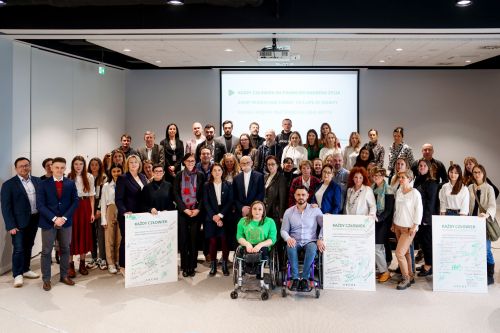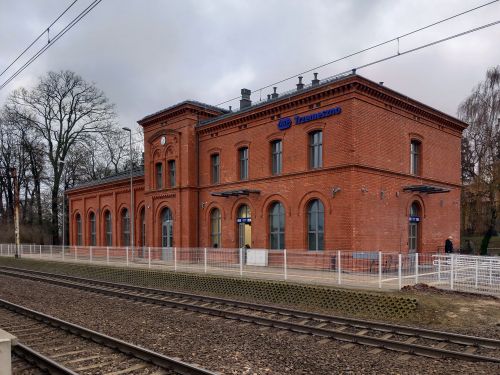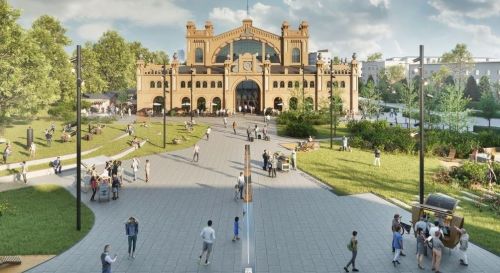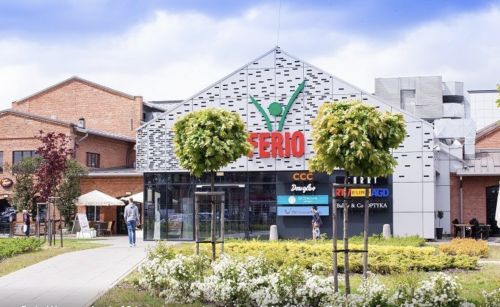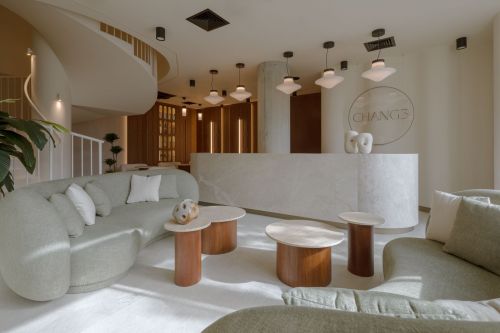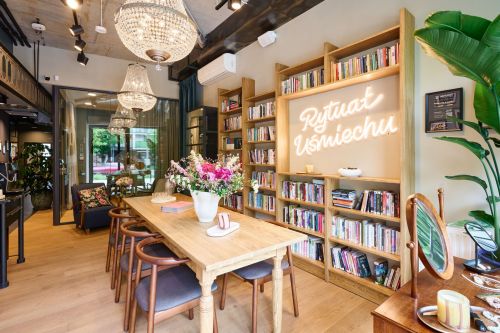Adam Zdrodowski, ‘Eurobuild CEE’: What are the most important global trends influencing the retail property market at the moment?
Rachel Lavine, vice-chairman, member of the board of directors, Atrium European Real Estate: One of the most important trends is the ongoing urbanisation across the world. It is estimated that by 2050, 70 pct of the global population will live in cities. In the 1950s people began to move to suburban areas and retail assets followed them. Now, mostly because of the employment opportunities in city centres, we are witnessing a population flow in the other direction. People are leaving the countryside, smaller cities and suburbs, and moving to inner-city areas, which, by the way, are becoming larger and larger. If you look at London, for instance, the city no longer has one clear city centre. As a consequence, the value of suburban retail assets has been decreasing.
Will city centres be able to accommodate so many new people and the new retail spa




































